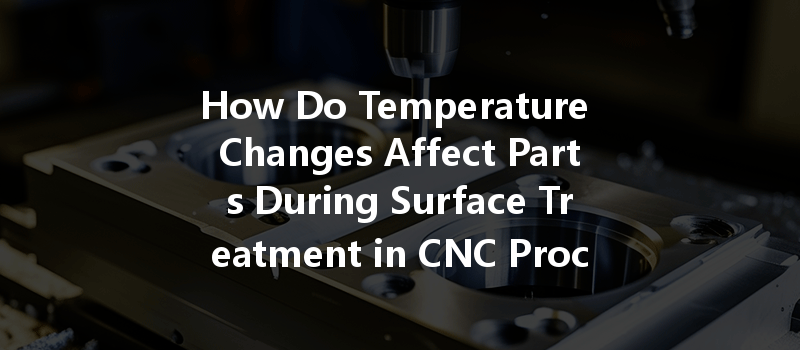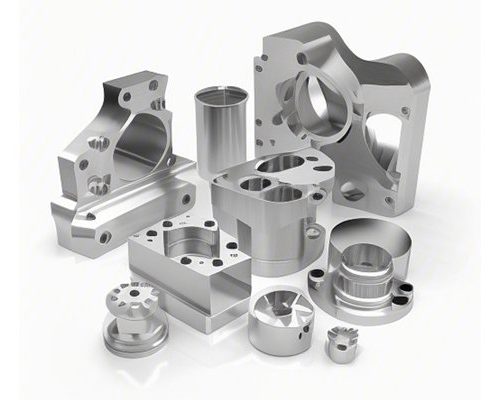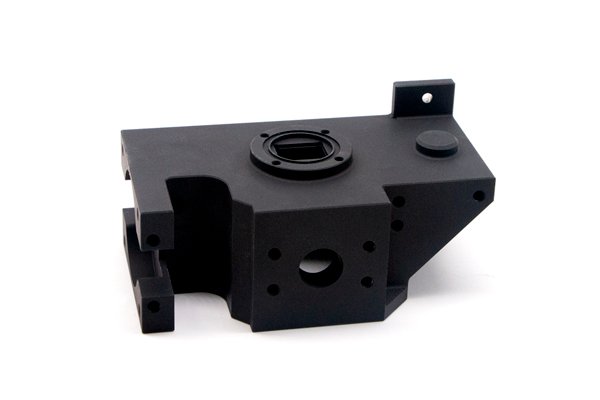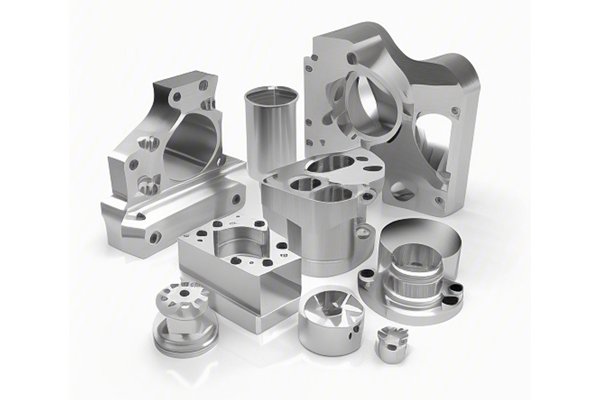Imagine this: a finely crafted component, machined to perfection, ready to take on the world. But wait—before it can fulfill its destiny, it must undergo surface treatment. This critical stage not only enhances the component’s durability and appearance but also determines its overall performance in real-world applications. However, lurking in the background is an influential yet often overlooked variable: temperature.
In this deep dive, we’ll explore the intricate dance between temperature changes and parts during surface treatment in CNC processing. At YL Machining, we believe that understanding this relationship is pivotal for anyone involved in precision machining and surface treatments. By the end of this article, you’ll be equipped with knowledge that could transform the way you approach CNC processing, ensuring superior results and optimizing your workflow.
What is CNC Processing?
Before we delve deeper, it’s crucial to understand what CNC (Computer Numerical Control) processing entails. At its core, CNC processing refers to the automated control of machining tools through computer programs. This technology enables manufacturers to create intricately designed parts with a high degree of precision and repeatability. Whether it’s milling, turning, or electrical discharge machining, CNC processing plays a significant role in various industries, from aerospace to automotive.
The Importance of Surface Treatment
Surface treatment encompasses various processes aimed at altering the surface of a material to enhance its properties. This can range from improving corrosion resistance, increasing wear resistance, enhancing adhesion for coatings, and improving aesthetics. Common surface treatments include anodizing, plating, and various forms of coating.
The right surface treatment, combined with precisely controlled processing parameters, can be the difference between a component that performs well and one that fails prematurely. Since temperature directly influences these processes, understanding its effects is essential.
The Temperature Dynamics in CNC Surface Treatment
The first step to understanding the impact of temperature on surface treatment is grasping how temperature affects the materials used in CNC processing, typically metals or alloys.
1.1 Thermal Expansion
All materials expand upon heating and contract when cooled. This thermal expansion can cause dimensional changes in parts—potentially leading to misalignment, fitting issues, and an overall loss of part integrity if not properly managed. By understanding thermal expansion coefficients, manufacturers can anticipate these changes and design accordingly.
1.2 Material Properties Alteration
Temperature can significantly affect material properties such as hardness, tensile strength, and ductility. For instance, as the temperature of a metal alloy increases, its ductility typically enhances while hardness may diminish. This alteration can impact how a part responds during machining processes and subsequent surface treatment.
The implications of temperature on surface treatments can be explored through common methods utilized in the CNC machining industry.
2.1 Anodizing
Anodizing is an electrochemical process that converts the metal surface into a decorative, corrosion-resistant aluminum oxide finish. The temperature of the anodizing bath can significantly influence the quality of the anodized layer:
Optimal bath temperatures are crucial for achieving the desired layer thickness while maintaining the integrity of the base material.
2.2 Powder Coating
Powder coating involves applying a dry powder that is then cured under heat to form a hard finish. Temperature plays a critical role, as:

Given the profound impact temperature can have on CNC machined parts during surface treatment, implementing proper temperature management strategies is paramount.
3.1 Pre-Treatment Considerations
3.2 Monitoring and Control During Processing
The failure to monitor and manage temperature can lead to a myriad of issues:
At YL Machining, we pride ourselves on our commitment to quality. Here are a few case studies that exemplify the benefits of effective temperature management:
5.1 Case Study 1: Aerospace Components
In our endeavor to supply aerospace components, we faced challenges during anodizing processes due to variable temperatures. By establishing more rigorous control and monitoring systems, we reduced defects by 30% and enhanced layer adhesion, significantly improving product performance.
5.2 Case Study 2: Automotive Engine Parts
Surface treatments for engine parts require precision as any failure can have catastrophic results. By controlling the curing temperature during powder coating, we improved the lifespan of treated engine components by 40%, ensuring enhanced durability under challenging conditions.
Temperature carries a dual legacy in the realm of CNC machining; it is both a friend and foe. Understanding its role in surface treatment processes can unlock a new level of precision and quality in the parts we create. At YL Machining, we see temperature control not just as a requirement but as an art form, one that requires attention, diligence, and passion.
With temperature in check, we can achieve better products, higher customer satisfaction, and ultimately, sustained success. Let us embrace the lessons learned from temperature’s effects and harness that knowledge to propel our crafting of quality components forward, setting new industry standards and paving the way for innovation.
—
—



